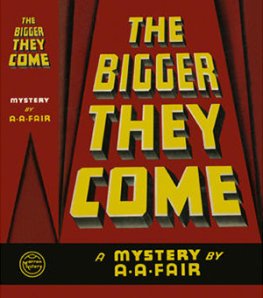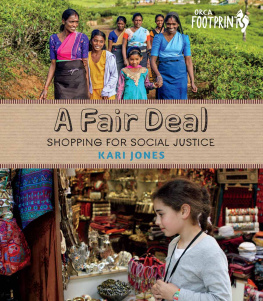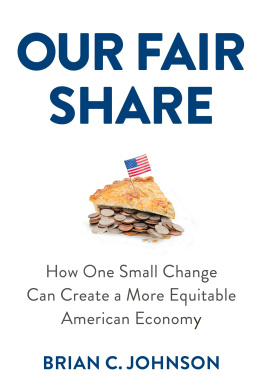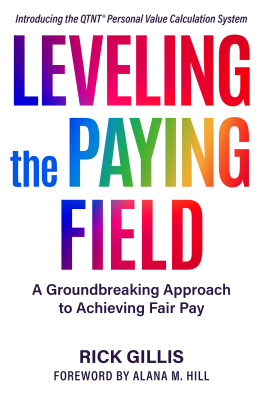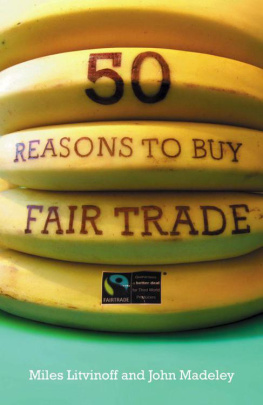Praise for From Foreclosure to Fair Lending:
Realizing the objectives of the 1968 Fair Housing Act has long been considered one of the most critical pieces of unfinished business of the civil rights movement. From Foreclosure to Fair Lending shows us what needs to be done to achieve those goals. Hartman and Squires have assembled the nations leading fair housing advocates and scholars. Given the continuing fallout of the foreclosure debacle, the timing could not be better for this book.
Ben Jealous, President, NAACP
Occupy Wall Streets biggest success was its impact on the national conversation. But now, many voices ask, whats next? This book offers some important answers. In From Foreclosure to Fair Lending, leading experts and activists in housing and lending practices reflect on how the Occupy spirit revives the historic civil rights and grassroots organizing movements to take on new challenges in a new century.
Clarence Page, Pulitzer Prize-winning
syndicated columnist for the Chicago Tribune
Housing policies and practices are at the center of the ongoing economic crisis in the United States, and the consequences in lost homes and lost savings have been devastating for many Americans. This collection gives us the essential background to understand these developments and to support the struggle for social justice in housing that is emerging.
Frances Fox Piven,
City University of New York Graduate School
Our nation is at a crossroads precipitated by the lending and foreclosure crisis that has the potential of erasing the gains of forty-five years of fair housing/fair lending enforcement. Traditional responses to the current challenges may be reaching the limits of their effectiveness. From Foreclosure to Fair Lending demonstrates another way.
Michael P. Seng, Co-Executive Director,
The John Marshall Law School Fair Housing
Legal Support Center and Clinic
From Foreclosure
TO Fair Lending


Copyright 2013 by Chester Hartman and Gregory D. Squires. All rights reserved.
See chapter and image credits for usage authorization and copyright of individual contributions.
Except for brief portions quoted for purposes of review, no part of this book may be reprinted, reproduced or utilized in any medium now known or hereafter invented without permission in writing from the publisher.
Published in the United States by
New Village Press
@ Centre for Social Innovation
601 West 26th Street, Suite 325-11
New York, NY 10001
www.newvillagepress.net
New Village Press is a public-benefit, not-for-profit publishing venture of Architects/Designers/Planners for Social Responsibility.
In support of the Greenpress Initiative, New Village Press is committed to the preservation of endangered forests globally and advancing best practices within the book and paper industries. The printing papers used in this book are 100% recycled fiber, acid-free (Process Chlorine Free), and have been certified with the Forest Stewardship Council (FSC).
eBook ISBN 978-1-61332-014-3
Publication Date: October 2013
FIRST EDITION
Library of Congress Cataloging-in-Publication Data
From foreclosure to fair lending : advocacy, organizing, occupy, and the pursuit of equitable credit / edited by Chester Hartman and Gregory D. Squires. First edition.
pages cm
Summary: Twenty-four well-known fair housing and fair lending activists and organizers examine the implications of the new wave of fair housing activism generated by Occupy Wall Street protests and the many successes achieved in fair housing and fair lending over the years. The book reveals the limitations of advocacy efforts and the challenges that remain. Best directions for future action are brought to light by staff of fair housing organizations, fair housing attorneys, community and labor organizers, and scholars who have researched social justice organizing and advocacy movements. The book is written for general interest and academic audiences. Contributors address the foreclosure crisis, access to credit in a changing marketplace, and the immoral hazards of big banks. They examine opportunities in collective bargaining available to homeowners and how low-income and minority households were denied access to historically low home prices and interest rates. Authors question the effectiveness of litigation to uphold the Fair Housing Acts promise of nondiscriminatory home loans and ask how the Consumer Financial Protection Bureau is assuring fair lending. They also look at where immigrants stand, housing as a human right, and methods for building a movement. Chester Hartman is an urban planner, academic, author of more than twenty books, and director of research for the Poverty & Race Research Action Council. Gregory Squires is a professor of sociology and public policy and public administration at George Washington University and advisor to the John Marshall Law School Fair Housing Legal Support Center. Provided by publisher.
Includes bibliographical references and index.
1. HousingUnited States. 2. Housing policyCitizen participation. 3. Mortgage loansUnited States. 4. Economic policyUnited StatesCitizen participation. 5. Occupy movementUnited States. I. Hartman, Chester W. II. Squires, Gregory D..
HD7293.F756 2013
332.720973dc23
2013023686
Front cover design by Lynne Elizabeth
Cover photograph by Brennan Cavanaugh
Interior design and composition by Leigh McLellan Design
Contents




I N THE FIRST DECADES of the twentieth century, the United States transformed itself into a racially segregated society in which black and white citizens occupied separate and vastly unequal segments of the urban landscape. As African Americans moved out of the rural South en masse to take factory jobs and service positions in industrializing cities throughout the nation, ever higher levels of racial segregation were imposed by whites (Lieberson 1981). By 1940, the black ghetto had become a standard feature of urban America maintained through institutionalized discrimination in the real estate and lending industries and built into public policies at all levels of government (Katznelson 2005).
Next page

